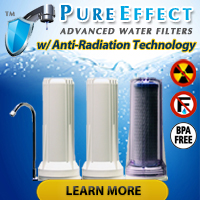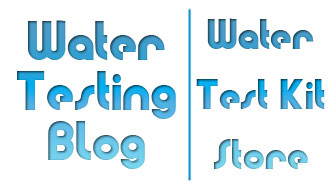People often overlooked the importance of a properly balanced pH in their drinking water and/or pool water. If the pH strays too far above or below 7.0 water becomes corrosive and will begin to eat away at anything it touches. This can lead to the dangerous introduction of potentially harmful metals such as lead into the water.
The term pH refers to the concentration of hydrogen ions in water. Measured on a scale of 0 to 14, neutral water has a pH of 7, acids have a pH of less than 7, and bases have a pH greater than 7.
While the desired pH for drinking water typically hovers around 7.0, the acceptable range for the pH of drinking water is between 6.5 and 8.5.
Why Does pH Matter?
Water with low pH tends to corrode metals. This can lead to premature wear and tear on plumbing fixtures and more importantly, it also means the water may now contain potentially harmful metals such as lead, copper, iron, etc.
Water with a high pH can leave deposits and cause sanitizers/disinfectants like chlorine to not work as well as they would in water with a lower pH.
Acids and Bases in the Real World?
Many popular drain cleaners make use of a very strong base called NaOH (sodium hydroxide). Other common bases in everyday life include baking soda and ammonia.
Common acids in everyday life include soda, vinegar and lemon juice.
Testing for pH with a Meter
Most times when recording extremely accurate pH levels matters, technicians and scientists will use pH meters since meters typically can give more precise readings than a person can get by taking a visual reading.
Note: Before using a pH meter, make sure you calibrate the meter properly using the correct pH calibration solutions and/or factory suggested calibration procedures.
Other Ways to Test for pH
Often times people do not require precise pH readings and instead just need an approximate pH reading. For times like that a simple dip’n’read pH test strip such as pH Check will work just fine.










